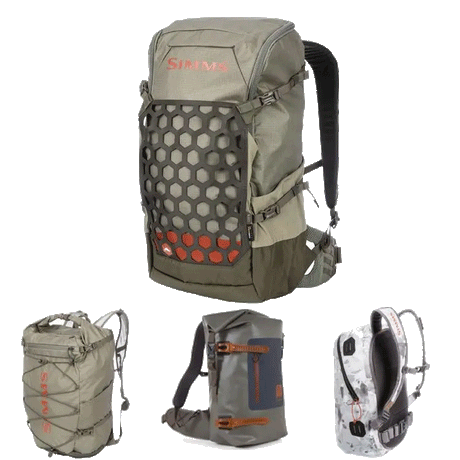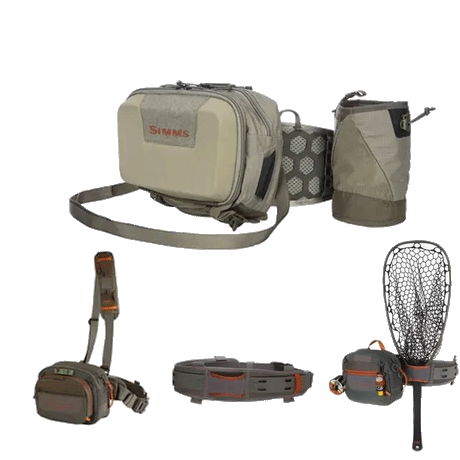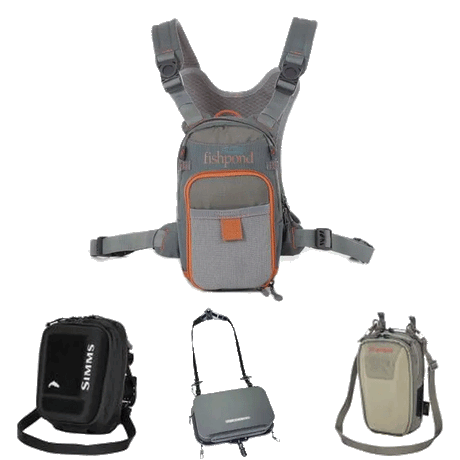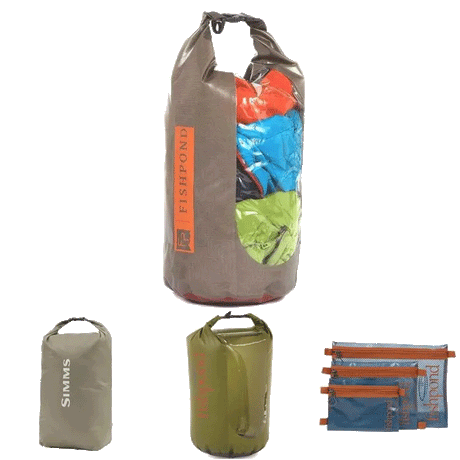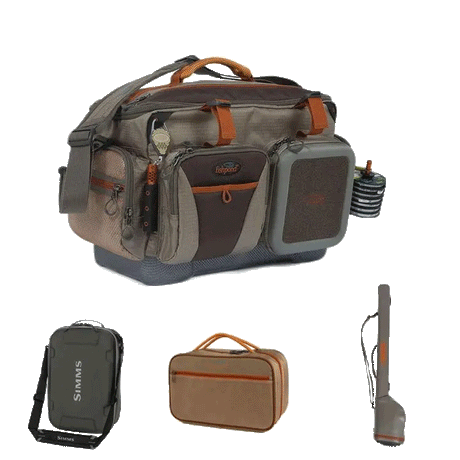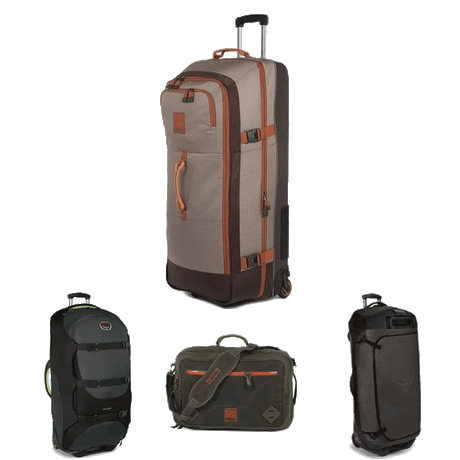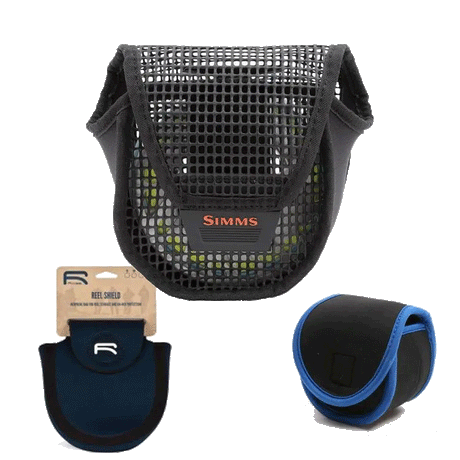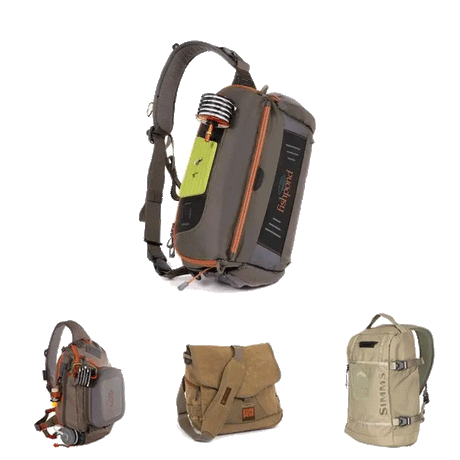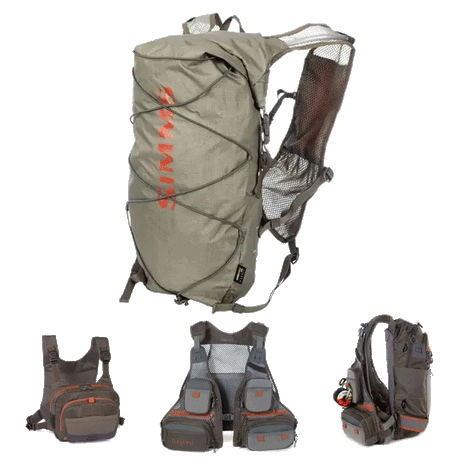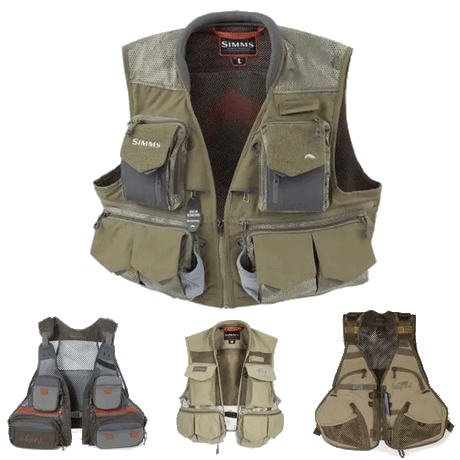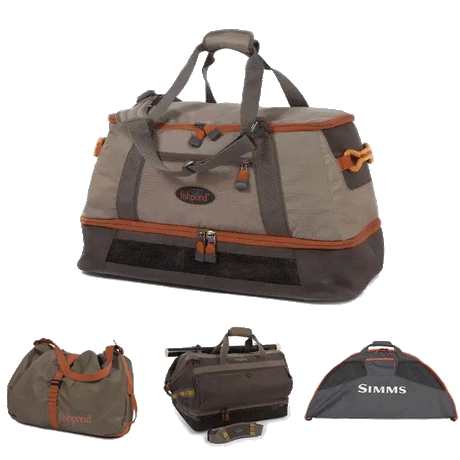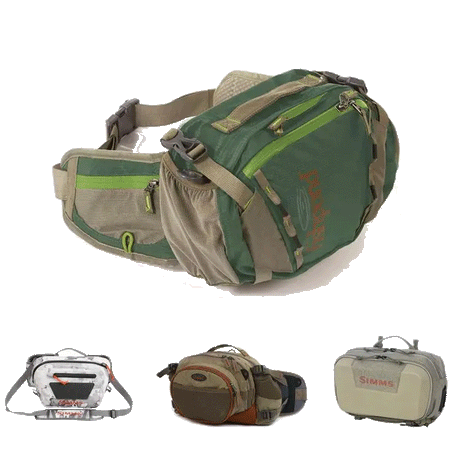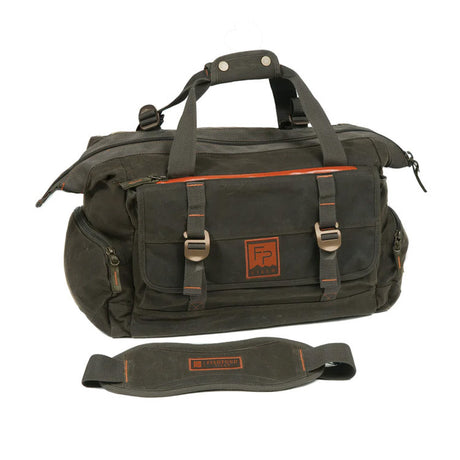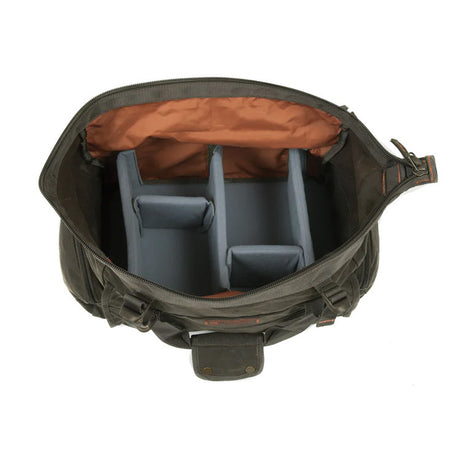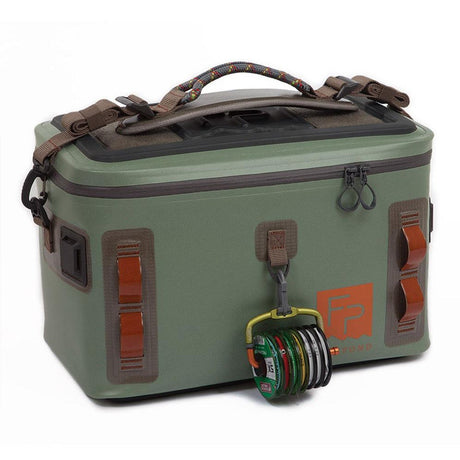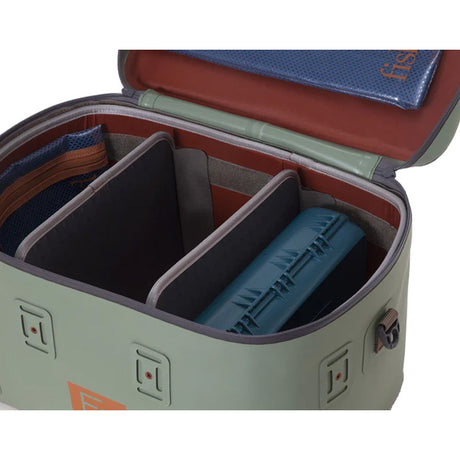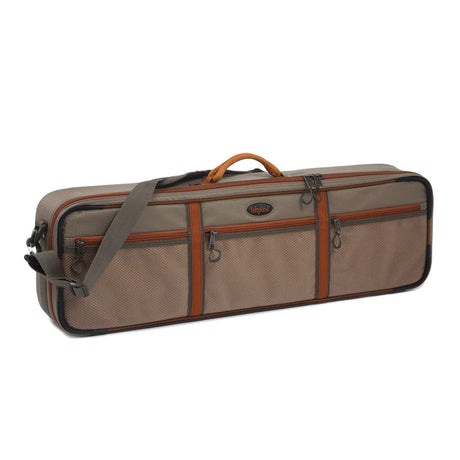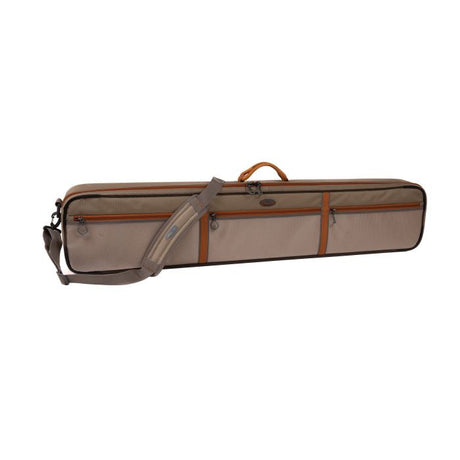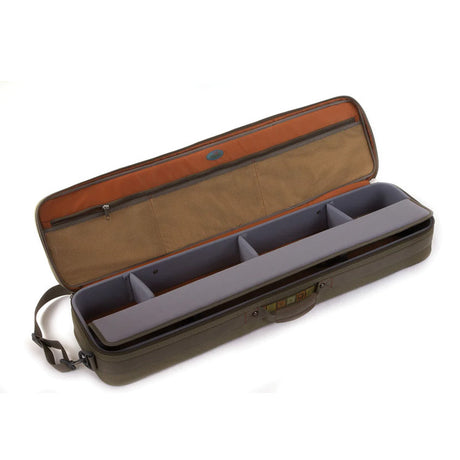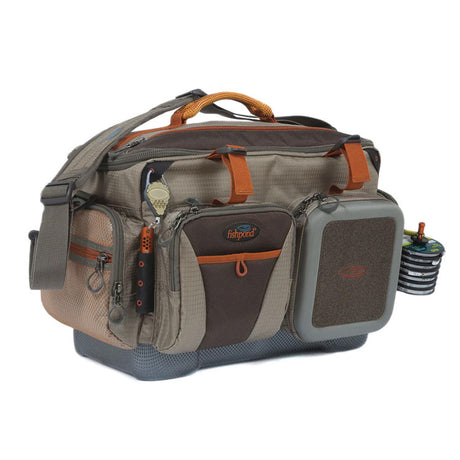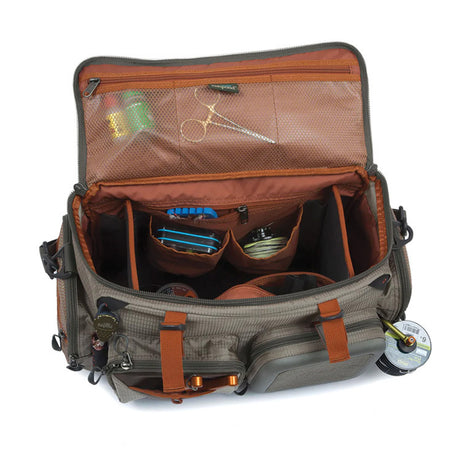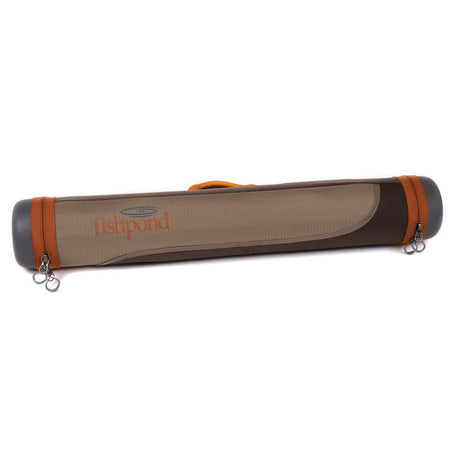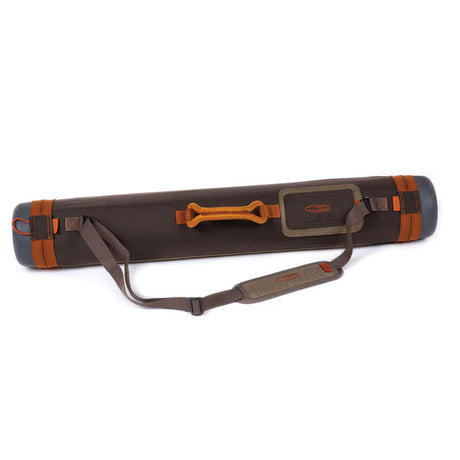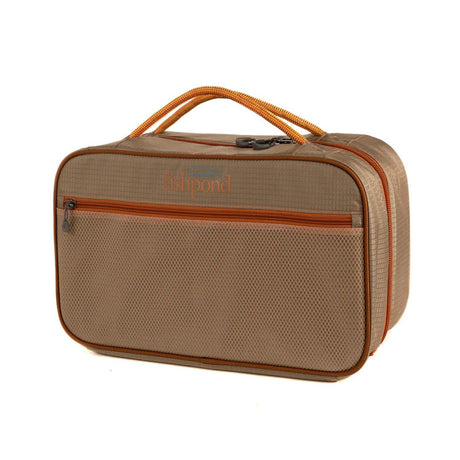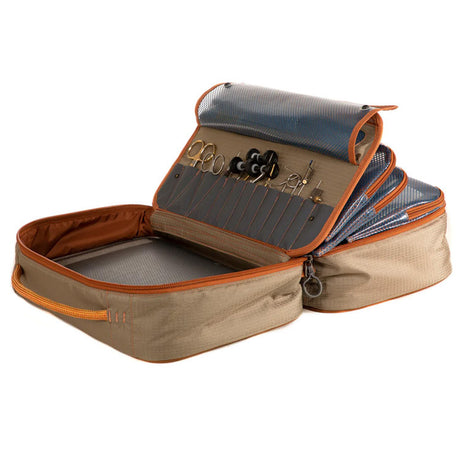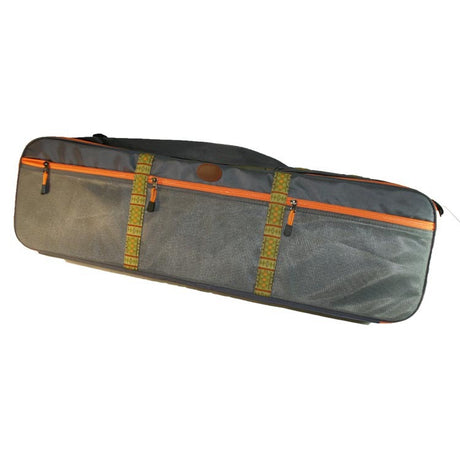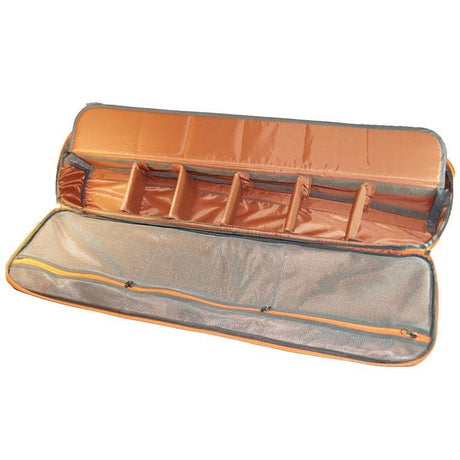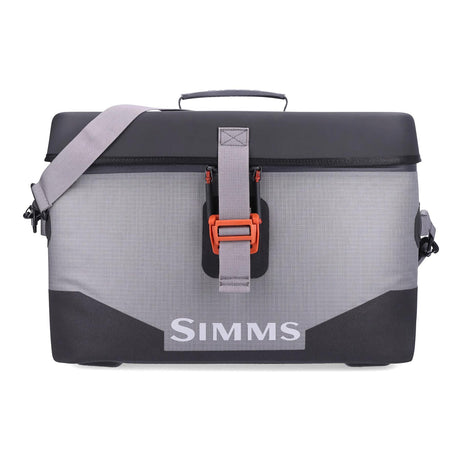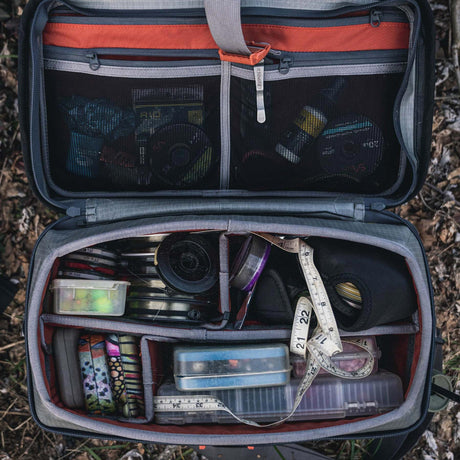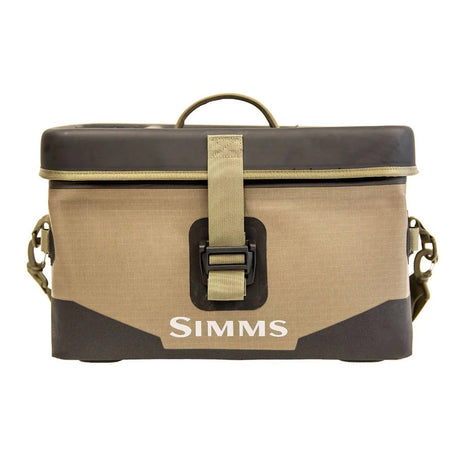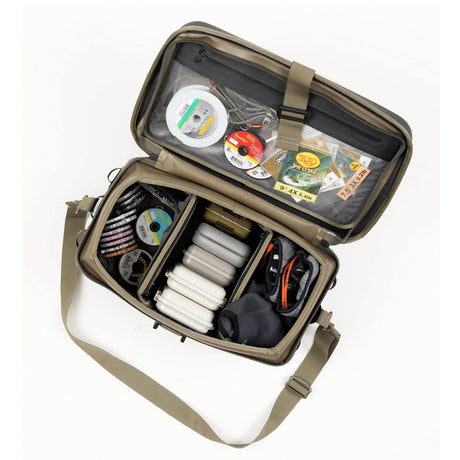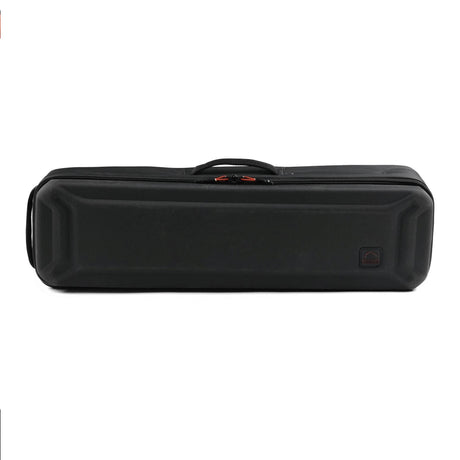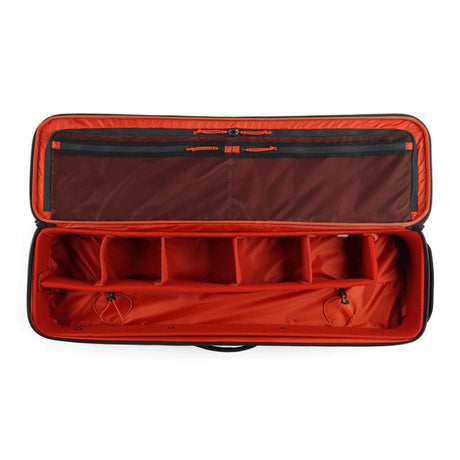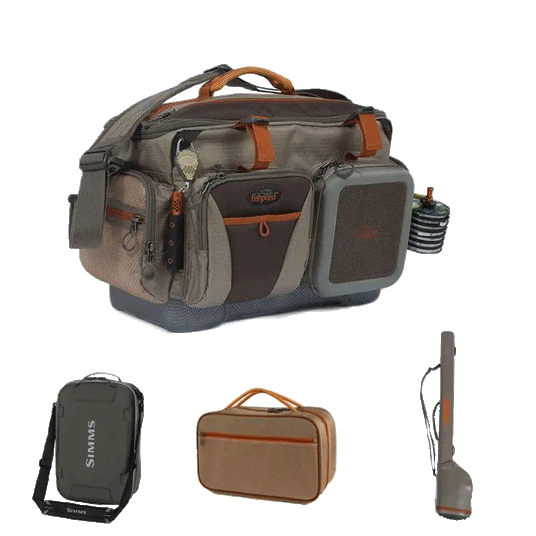
Gear Bags
Organise, protect and travel smarter with our Gear Bags from Simms and Fishpond. Choose tackle and boat bags with rigid lids and smart dividers, rod & reel cases for secure transport, and tough rod tubes and reel caddies for grab-and-go storage. Consequently, your kit stays dry, tidy and ready for South African rivers, stillwaters and travel. Ultimately, pick capacity and features to match your day.
- Tackle and boat bags with structured organisation
- Rod & reel cases for safe transport
- Durable rod tubes and reel caddies
- Rugged fabrics and water-resistant designs
Fishpond Dakota Rod and Reel Case
Regular price From R 5,150.00 ZARUnit price /Unavailable- Regular price R 4,950.00 ZARUnit price /UnavailableLow stock (2 units)
- Regular price R 2,750.00 ZARUnit price /UnavailableLow stock (3 units)
Fishpond Tailwater Fly Tying Bag
Regular price R 5,490.00 ZARUnit price /UnavailableLow stock (2 units)- Regular price R 1,850.00 ZARUnit price /Unavailable
Simms Dry Creek Boat Bag Large
Regular price R 8,150.00 ZARUnit price /UnavailableVery low stock (1 unit)Simms Dry Creek Boat Bag Large
Regular price R 8,150.00 ZARUnit price /UnavailableVery low stock (1 unit)Simms Tailwind Rod & Reel Vault
Regular price R 6,850.00 ZARUnit price /Unavailable
Buyer’s Guide: Choosing the Right Bag or Pack
-
Carry System & Fit
Choosing the right carry system depends on how you fish in South Africa. Waist or hip packs offer quick access when walking stillwaters. Chest and sling packs provide mobility and balance for river fishing. Backpacks and belt systems handle full-day outings with food, water, and spare layers. Moreover, vests and vest-packs keep tools close at hand for quick access, offering greater on-body storage for longer sessions.
- Waist/hip: Quick access for boxes, tippet, and tools when walking stillwaters.
- Chest/sling: Mobile control and balanced fit for river fishing.
- Backpack/belt: Carries extra layers, lunch, water, and camera gear.
- Vest/vest-pack: On-body storage with larger capacity and fast access.
-
Capacity & Organisation
Many anglers carry more than they need. The simpler and easier it is to reach essentials, the better the pack performs. Consequently, select volume to match venue and day length: winter dams need insulation space; summer rivers prioritise hydration. Prioritise logical layouts that minimise clutter and speed fly changes, with openings and tool docks placed where your hands naturally go.
- Volume planning: 5–15 L for minimalist setups; 15–30 L for all-day use.
- Access: Magnetic, Velcro, or quick-zip openings make fly changes effortless.
- Tool layout: Hypalon tabs, docks, and foam patches keep gear organised.
- Net & hydration: Net holsters or scabbards and bladder sleeves extend range.
-
Weatherproofing & Materials
Your destination dictates protection. In the mountains, frequent rain favours coated fabrics and sealed seams to keep gear dry. On coastal flats or estuaries, choose a fully waterproof or submersible pack to protect cameras and phones. Purpose-built wader bags with breathable panels allow wet gear to dry between trips and reduce mildew or mould.
- Submersible: Waterproof zips and welded seams keep contents dry even when dunked.
- Water-resistant: Coated nylon with sealed stitching sheds showers and light spray.
- Recycled builds: Durable, eco-forward fabrics (e.g., Cyclepond) stand up to hard use.
- Wader bags: Roll-out mats and vented panels simplify cleaning and drying.
-
Care & Travel
Good maintenance and smart packing extend the life of your bags and packs. After each trip, empty all pockets, rinse away grit and salt, and dry completely before storage. On long, dusty drives, keep gear enclosed in duffels or protective cases to protect zips and seams. When flying, carry essentials in a sling or vest and place reels and larger duffels in the hold for safety.
- Post-trip care: Rinse, air-dry, and inspect zips, seams, and buckles regularly.
- Dust protection: Use covers or packing cubes to keep gear clean in transit.
- Travel prep: Hand-carry rods and key accessories; place reels in the hold.
- Storage: Ventilate and keep out of direct sun to prevent odours or mildew.
Frequently Asked Questions
How do I choose the right bag or pack for my fishing style?
How do I choose the right bag or pack for my fishing style?
Start with where you fish most. Waist or hip packs are ideal when walking stillwaters, while chest and sling packs suit active river fishing. Backpacks and belt systems work for full-day trips. If you want maximum on-body storage, a vest or vest-pack offers the most accessible layout for tools and accessories.
How much space do I actually need?
How much space do I actually need?
Most anglers carry too much. Keep it simple. A 5–15 L pack covers half-day or minimalist outings; 15–30 L works for full-day missions. Choose designs with smart internal dividers, easy access, and logical tool placement so you can reach what you need without digging through clutter.
What’s the difference between water-resistant and submersible packs?
What’s the difference between water-resistant and submersible packs?
Water-resistant packs use coated nylon and sealed seams to repel rain or light spray. Submersible packs are fully waterproof, with welded seams and airtight zips that keep contents dry even if briefly submerged. The latter are ideal for boats, flats, or wet wading with electronics or cameras.
Are recycled fabrics as durable as standard materials?
Are recycled fabrics as durable as standard materials?
Yes. Fishpond’s Cyclepond recycled nylon and Simms’ modern coated fabrics are both exceptionally tough. They resist abrasion, shed water, and maintain shape over years of use. You gain environmental benefits without sacrificing durability or performance.
What should I look for in a wader or gear bag?
What should I look for in a wader or gear bag?
A good wader bag isolates wet gear and keeps vehicle interiors clean. Look for fold-out changing mats, vented panels for airflow, and reinforced bases. The Fishpond Burrito Wader Bag, for example, combines ventilation with practical organisation for boots and wet clothing.
How do I look after my pack or vest after a trip?
How do I look after my pack or vest after a trip?
Empty all pockets, remove rubbish or fly debris, and rinse off grit or salt. Open zips fully and let the pack air-dry in the shade. Avoid storing damp gear, as mildew and odours develop quickly in warm conditions.
What’s the best way to travel with my fishing luggage?
What’s the best way to travel with my fishing luggage?
Carry rods and delicate accessories in your hand luggage, but always place reels and heavier items in the hold. Use protective tubes, soft duffels, or packing cubes to organise gear. On arrival, inspect zips and buckles for travel wear before heading to the water.

